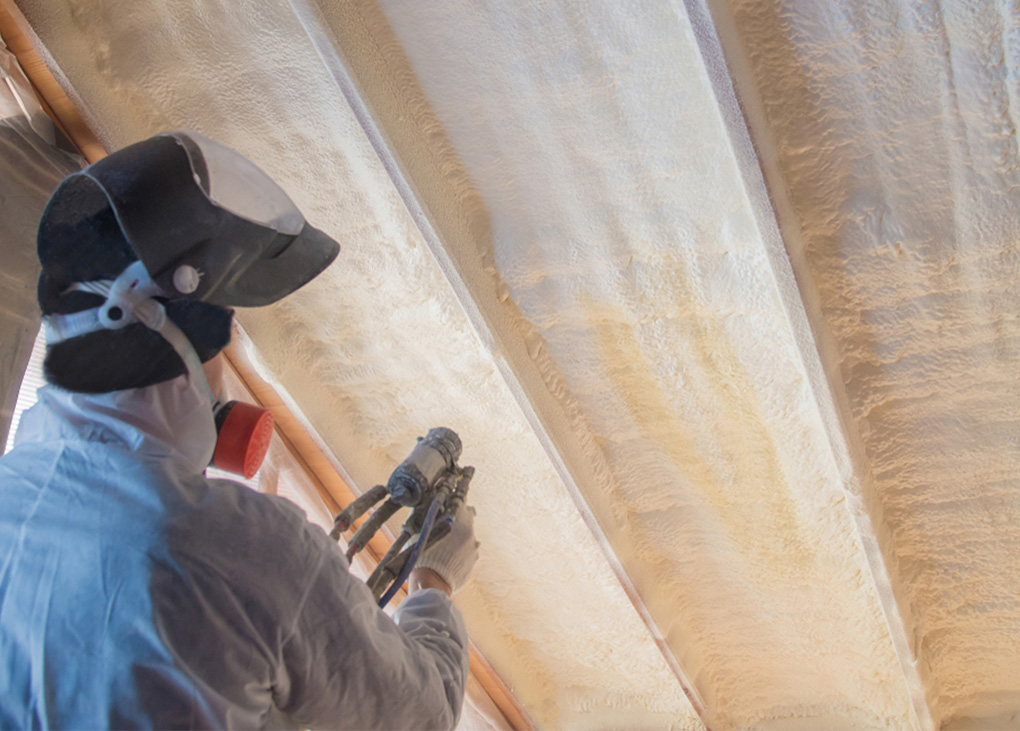Polyurethane insulation can help to create more energy efficient buildings, says the Australian Modern Building Alliance (AMBA).
AMBA is an interest group of companies established to represent the use of polymers in the Australian construction industry.
The Alliance is encouraging the sector to consider polymer-based insulation in the design of new houses and buildings, in order to make them more energy efficient.
“Polymers are engineered synthetic materials derived from chemical, bio or recycled feedstocks which form the basis of many building materials, such as foams, paints, sealants, rubbers and plastics,” said Chair of AMBA, Craig Lovel.
“These materials cover a range of products and applications for both interiors and exteriors, including insulation, as well as piping, flooring, wiring, window installation, solar modules, ventilation systems, awnings, painting, tiling and landscaping.”
According to Lovel, polyurethane insulation products are currently used in a relatively small proportion of Australian buildings, as compared to more widespread adoption in Europe and North America.
“Polyurethane insulation materials are the most efficient and effective form of insulation available, and provide huge energy savings compared to other products,” Lovel said.
“According to Plastics Europe, these insulation products can save more than 200 times the energy used in their production. This ‘embodied energy’ is far less compared to other forms of insulation material on an in-service basis.”
Polyurethane insulation can also have a big impact on energy bills, says AMBA.
“With less heat escaping from the walls, it can help to save occupants money on heating and cooling costs,” Lovel said. “Importantly, it also creates healthier houses, with reduced condensation issues, such as mould.”
“However, it’s not a magic wand and it’s really important for the material to be well designed and installed correctly to be safe and effective.”
Click here for more information polymer-based construction materials and the use of polyurethane insulation in Australia’s built environment.



Leave a Reply